Systems Change: What if investment approaches matched the complexity of the problems we are seeking to solve?
Very little in the natural world happens in isolation. Although it might be easier, or more convenient, to think that way. Indeed, it’s the way that many of us were taught to think in school. We were introduced to something complex and were taught to break it down into digestible pieces, as each of the pieces is easier to analyse and comprehend. This is called reductionist thinking, which has proven to be useful for many purposes.
However, we often forget to bring back the pieces to the whole; to see the relationship amongst all those elements, and weave them back into a larger, more complex picture. We forget that when we bring the elements back together, and see them in relationship to each other, new properties emerge that each of the elements alone don’t exhibit. This is called holism, or holistic thinking. When we lean into that mindset, we see the beautiful interconnectedness of all living beings, including ourselves as an integral part of nature.
As massive heat waves ripped across almost every continent this summer – including a beautiful little valley in Arrabida, Portugal that I call my home – it became harder to ignore that climate change is here and will be an intimate part of each of our lives, whether we engage with the issue or not. Our reductionist minds that are well-trained in linear thinking (i.e. cause and effect) might look at that problem and tell us that the issue is climate change, which is caused by greenhouse gasses, so we should take greenhouse gasses out of the atmosphere as quickly as possible. An entrepreneur might be activated to start a tech enterprise that takes greenhouse gasses out of the atmosphere, and an impact investor might deploy a significant amount of funding in such enterprise. Potentially a great impact investment from both the financial and impact returns perspective.
But what if we started to think more holistically, and incorporate holism into our investment approach? What if actually leaned into the complexity of the heat waves, the fires and the droughts, and the resulting displacement of people? What if we would engage a whole region, city or community to delve into the complexity together, and come up with interconnected solutions across sectors and modalities? And what if capital deployment matched that complexity, and honoured the interconnectedness of the problems and proposed solutions? What would that look like?
Impact investors across the globe are starting to lean into these questions from Melbourne in Australia, to Hawaii in the United States, to Mauritius, Switzerland, Taiwan and Costa Rica. Whole regions and communities have been activated to collectively engage in the complex issues in their region, identify the people and organisations working on the ‘acupuncture points’ for change that could make an outsized impact in the system, and then match those with a wide range of capital and funding to support a whole myriad of solutions. This might still include technologies that take greenhouse gasses out of the atmosphere, but also solutions that seek policy change, that seek to support farmers in the transition to regenerative agriculture, that give voice and power back to indigenous communities in that region, that support teachers and technical trainers to be able to equip their students with the needed knowledge and skills for the transition, and much more.
In addition to the place-based examples, we are also seeing examples of systems change investing approaches that target specific sectors, industries or thematic issue areas, and identify investment solutions across the value chain. These investors often enable collaboration amongst the companies to enable more regenerative value chains to emerge. They complement these investments with policy engagement and/or the support for non-profits to enable the larger envisioned systems change in that sector, industry or thematic area. A great example of this is – focused on food systems – is the investment vehicle S2G Ventures, which is part of the platform Builders Vision that engages in philanthropic support and policy change to work synergistically with the investments.
Another category of systems change investment examples is emerging in Web3. It has a unique ability to facilitate information flows and coordination across actors in a complex system in a decentralised and transparent way. We are seeing its application in ‘Re-Fi’ or regenerative finance, with many projects emerging in Portugal, the United States, and elsewhere around the globe (examples include Regen Network, Toucan, and Open Forest Protocol). Others are seeking to leverage Web3 for dealing with complex issues such as data self-sovereignty and providing income for all (such as through Rainfall).
We are currently collecting case studies from impact investors globally who are taking a systems approach to their investments. We are calling this project ‘IMP+’, as we are exploring the addition of systems change to the well-established Impact Management Project (IMP) that outlines the various approaches impact investors take. We are seeking to understand what all these systems change investment examples have in common, and how they differ from more typical impact investments. We will also explore the ‘investor contribution’, i.e. how investors are adding value to enable the systems change beyond the capital invested.
We will share more insights as they emerge through the coming period, so keep an eye out for that. Also, please reach out to me (alexandra@katapultfoundation.org) if you are an investor, facilitator or practitioner that has invested in or facilitated systems change investing in practice and have exciting examples to share.
